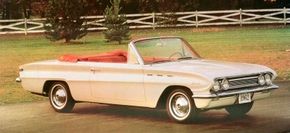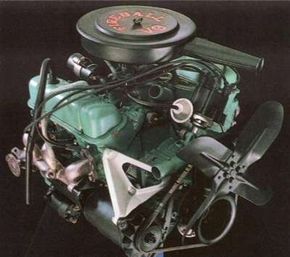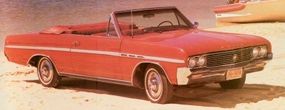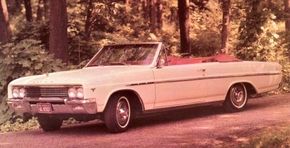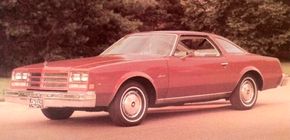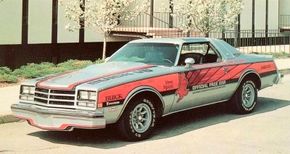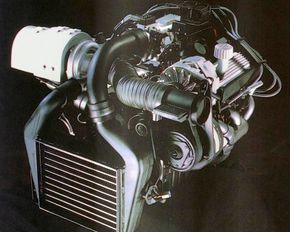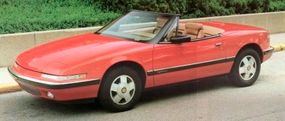If necessity is the mother of invention, then the Buick V-6 engine is surely one of her offspring as opposed to the V-8 Fireball. It has proven to be both durable and adaptable, outlasting nearly all other engines of the same era. Once discarded by General Motors as unnecessary, the Buick V-6 was resurrected for its fuel economy but later earned recognition for its performance by winning the pole position for the Indianapolis 500 no less than three times, including the 1995 race.
The V-6 was originally conceived because Buick needed a cheaper alternative to the expensive-to-produce 215-cubic-inch aluminum V-8 used in its Special, which had debuted for 1961 concurrently with two other GM compacts, the Oldsmobile F-85 and Pontiac Tempest. Riding a longer 112-inch wheelbase and priced upmarket compared to the Chevy Corvair/Ford Falcon/Plymouth Valiant compacts, they could be considered "senior compacts."
Advertisement
The Special and F-85 came only with the 215-cid V-8, called "Fireball" (a name that Buick had used for many years on its old straight-eights). The Tempest offered buyers a choice of a 195-cid four-cylinder engine, basically Pontiac's 389-cid V-8 with one cylinder bank removed or the aluminum V-8 shared with Buick and Olds.
The Special was Buick's answer to the low-priced compacts that had arrived in 1960 and grabbed an important market share in a sluggish economy. The least-expensive Special in 1961 was the $2,330 Standard Sport Coupe, which commanded a hefty $416 premium over the Falcon and $375 more than the Valiant, both of which came with sixes.
This sizable price disparity gnawed at Edward Rollert, Buick's general manager. The message came down to the engineering department that Rollert wanted to lower the Special's base price to a more competitive level by adding a six-cylinder engine, even though Buick had used eight-cylinder engines exclusively since 1931.
However, a straight-six wouldn't fit into the Special's compact engine bay, so Joseph Turlay, Buick's director of powertrain engineering, designed a V-6 on paper that was basically the 215-cid V-8 minus the front two cylinders. There was one complicating factor: a 90-degree V-6 with three crankshaft throws meant there couldn't be even 120-degree firing intervals. An uneven firing sequence would surely result in vibration.
"We knew we had a problem right off the bat," recalls Cliff Studaker, who was the assistant chief engineer assigned to the V-6 project. "We evaluated a couple of different firing intervals by taking an aluminum V-8 and leaving the front cylinders empty. We put in a different crank and a different camshaft and intake manifold." The firing interval that proved best was every 150 and 90 degrees for each crankshaft throw with a cylinder firing order of 1-6-5-4-3-2, alternating between the cylinder banks. "That was a little bit different than people were accustomed to, and if you sat in the car at idle you had a kind of little dance that you went through, so we said it had a personality of its own."
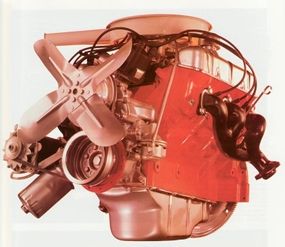
GM management was impressed enough to approve the V-6 for the 1962 model year despite the inherent vibration. Though it had a different crankshaft, camshaft, and intake manifold than the V-8, it used the same starter, alternator, fuel pump, oil filter, water-pump housing, front cover, transmission housing, and valvetrain. It was the first GM engine to use cast connecting rods.
In addition, the V-6 utilized a cast-iron block, giving Buick a substantial cost savings over the V-8. Despite having two fewer cylinders, the cast-iron V-6 weighed 368 pounds, 50 more than the aluminum V-8. However, it was still lighter (and more compact) than contemporary inline sixes -- by about 50 pounds compared to Chevy's new 194-cid six.
For more information on cars, see:
- Classic Cars
- Muscle Cars
- Sports Cars
- New Car Search
- Used Car Search
Advertisement
